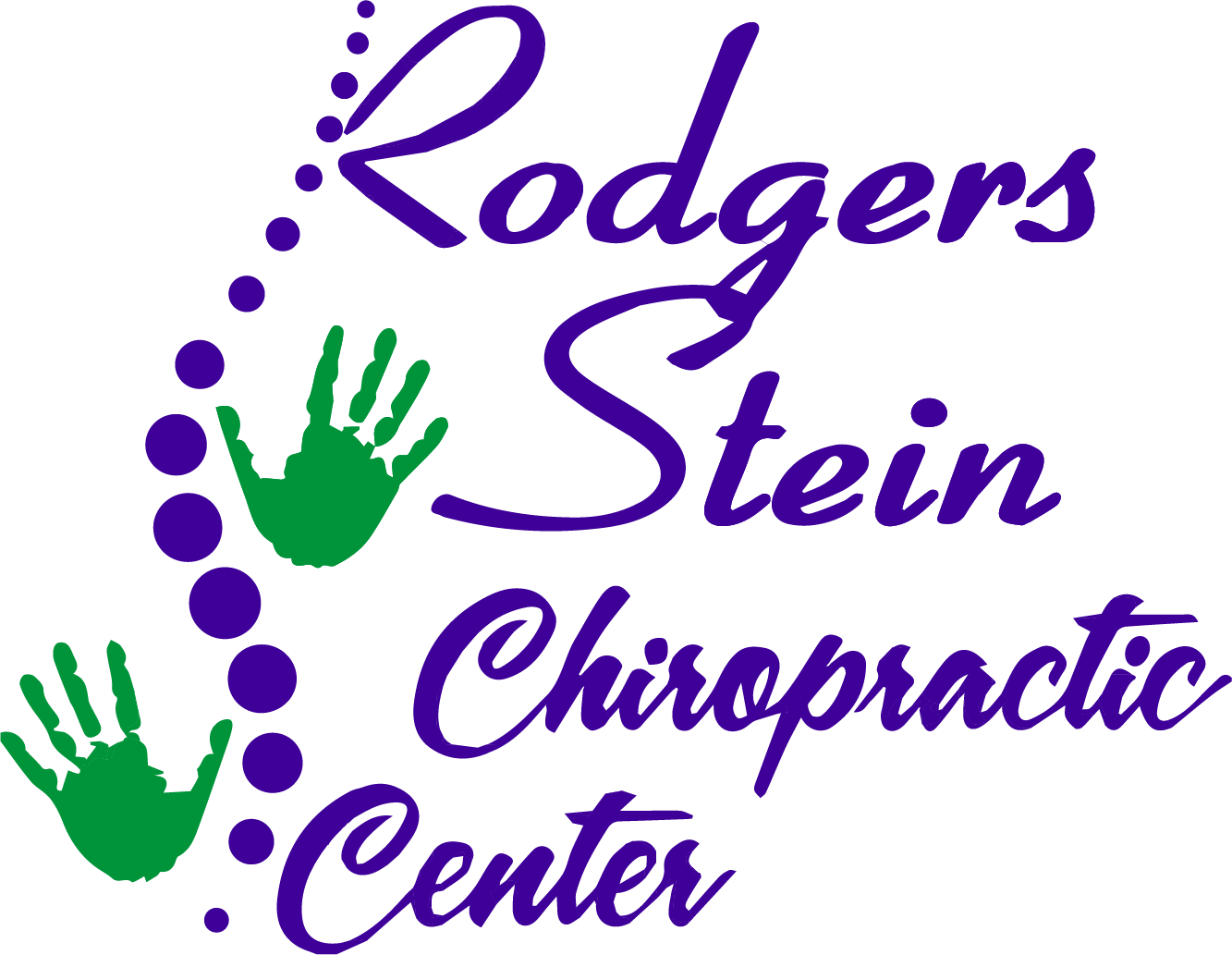You might not realize it, but your spine could be the key to accessing your athletic potential. Proper alignment enhances your stability and coordination while minimizing injury risks, vital for anyone aiming for gold medals. Many athletes overlook this aspect, leading to setbacks that could've been avoided. By incorporating techniques like stretching and strengthening exercises, you can markedly improve your performance. But what specific strategies should you adopt to guarantee your spine is aligned? Understanding this could be the turning point in your journey to excellence.
Importance of Spinal Alignment
When it comes to your overall health, spinal alignment plays a crucial role that you shouldn't overlook. Your spine isn't just a stack of bones; it's the central support system for your body. Proper alignment guarantees that your nervous system functions at its best, allowing your body to communicate effectively. When your spine is aligned, you're less likely to experience pain, discomfort, or fatigue, which can hinder your daily activities and athletic performance.
Good spinal alignment also impacts your posture. When you maintain a healthy posture, you're reducing the strain on your muscles and ligaments, which helps prevent injuries. Whether you're sitting at a desk, exercising, or simply standing, being conscious of your spinal alignment can make a significant difference in how you feel.
Moreover, spinal alignment affects your breathing and organ function. A misaligned spine can compress your organs and restrict your diaphragm's movement, leading to shallow breathing. This can negatively impact your energy levels and endurance, especially during physical activities.
To maintain ideal spinal alignment, incorporating exercises that strengthen your core and back muscles is essential. Stretching can also improve flexibility and reduce tension around your spine.
Regular visits to a chiropractor or physical therapist can help you identify and correct alignment issues before they become serious problems. By prioritizing your spinal health, you're setting the foundation for a more vibrant and active life, whether you're training for a competition or enjoying recreational activities.
Common Spinal Issues in Athletes
Athletes often face specific spinal issues that can arise from the demands of their sports. One common problem is lower back pain, which can stem from repetitive motions, heavy lifting, or poor technique. When you're constantly bending, twisting, or lifting, it's easy for your spine to become strained, leading to discomfort and decreased performance.
Another frequent issue is herniated discs. This occurs when the soft cushioning between your vertebrae bulges out, pressing on nearby nerves. It can happen during high-impact sports or even from improper lifting techniques. If you experience numbness or tingling in your arms or legs, this might be the culprit.
Thoracic spine issues, including poor posture, can also affect athletes, especially those who spend long hours training or competing. Slouching can lead to muscle imbalances, stiffness, and chronic pain, ultimately hindering your performance.
Additionally, upper back pain is common among athletes, particularly in sports that require repetitive overhead movements, like swimming or tennis. This pain can result from muscle strain or joint dysfunction, limiting your range of motion and strength.
Lastly, neck injuries can occur in contact sports, leading to whiplash or muscle strains. These injuries can result in headaches and reduced mobility, affecting your overall athletic ability.
Understanding these common spinal issues is essential for any athlete aiming to maintain peak performance and stay injury-free. Addressing these concerns early can help you avoid more serious complications down the line.
Benefits of Proper Alignment
Proper alignment is essential for optimizing your athletic performance and overall well-being. When your spine is properly aligned, it supports your body in maintaining balance, stability, and coordination. This means you'll have better control over your movements, which can lead to improved skill execution in your sport. Whether you're sprinting, jumping, or swimming, proper alignment enhances your body's ability to function efficiently.
In addition, good spinal alignment reduces the risk of injuries. When your spine is in line, it helps distribute forces evenly throughout your body, minimizing strain on muscles and joints. This means you're less likely to experience overuse injuries, strains, or sprains.
Furthermore, proper alignment can improve your posture, allowing you to maintain energy levels during training and competition. With less fatigue and discomfort, you can focus on your performance instead of battling physical distractions.
Another benefit is enhanced recovery. When your spine is aligned, it promotes better circulation and nerve function, helping your body recover more quickly from workouts and injuries. This means you can train harder and more frequently without hitting a wall.
Finally, proper alignment contributes to your mental well-being. When your body feels good, you're more likely to have a positive mindset. A strong mental attitude can be a game-changer in achieving your athletic goals.
Techniques for Spinal Health
Maintaining spinal health is essential for everyone, from casual gym-goers to elite athletes. A healthy spine not only supports your body but also enhances your overall performance. To keep your spine in top shape, you can incorporate several effective techniques into your routine.
First, practice good posture. Whether you're sitting at a desk or standing during workouts, be mindful of your alignment. Keep your shoulders back, your chest lifted, and your head aligned with your spine.
Second, engage in regular stretching and strengthening exercises. These help maintain flexibility and build core strength, which supports your spine. Aim for a mix of activities that target both muscle groups.
Third, consider incorporating yoga or Pilates into your regimen. These practices emphasize spinal alignment, flexibility, and core strength, making them excellent choices for spinal health.
Finally, don't underestimate the value of proper ergonomics in your daily life. Whether it's adjusting your workstation or using supportive chairs, making small changes can greatly impact your spinal health.
Here's a quick list of techniques to help you stay on track:
- Maintain good posture: Be aware of your body alignment.
- Incorporate stretching: Keep your muscles flexible and strong.
- Practice yoga or Pilates: Enhance your core strength and flexibility.
- Ensure proper ergonomics: Optimize your workspace for spinal support.
Real-Life Success Stories
Many individuals have transformed their lives by prioritizing spinal health, proving that the techniques discussed earlier can lead to remarkable results.
Take Sarah, for instance. After years of suffering from chronic back pain, she decided to focus on her spinal alignment. By incorporating daily stretching and strengthening exercises, along with regular chiropractic visits, she not only alleviated her pain but also improved her overall athletic performance. Now, she competes in marathons and credits her spinal health for her newfound stamina.
Then there's Mike, a former professional dancer. After several injuries, he thought he'd never perform again. However, he committed to a tailored spinal health regimen, which included proper posture, yoga, and core strengthening. Within months, he not only returned to the stage but also exceeded his previous physical capabilities. Today, he inspires others through workshops, showing that spinal health can rejuvenate one's passion for movement.
Lastly, consider Lisa, a busy mom who juggled work and family. Dealing with constant fatigue and tension, she learned about the importance of spinal care. By dedicating just fifteen minutes a day to spinal exercises and mindfulness, she discovered an incredible boost in her energy levels. Now, she feels more engaged and vibrant in her daily life.
These stories illustrate that prioritizing spinal health isn't just about avoiding pain; it's about releasing your full potential.
You can achieve your own success story, too. Start today, and let your spine support your journey to greatness.
Conclusion
Incorporating spinal health into your training routine can be a game-changer. By prioritizing proper alignment, you'll enhance your stability, boost energy, and reduce your risk of injury. Remember, it's not just about hard work; it's about working smart. With the right techniques and a focus on your spine, you can release your full potential and set yourself on the path to gold medals. So, get your spine in line and watch your performance soar!



